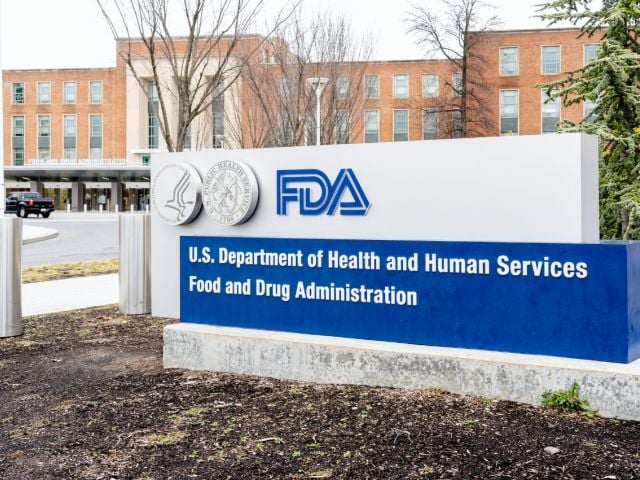References:
EWG. 2008. Environmental Working Group Comments to BPA Subcommittee. Sept 12, 2008. https://static.ewg.org/files/BPA_091208.pdf.
FDA. 2008. Conflict of Interest Disclosure Acknowledgment for Participation at the Subcommittee Public Meeting on the Draft Assessment of BPA (Bisphenol A) for Use in Food Contact Applications. Food and Drug Administration, September 2008.
FDA News Device Daily Bulletin. 2008. “Devices with BPA added to FDA’s ‘Hot Topics’ list” Oct 8, 2008. Vol. 5, No 197. http://www.fdanews.com/newsletter/article?issueId=12023&articleId=111040 last viewed Oct 13, 2008.
Rust S, Kissinger M. 2008. “Donation raises questions for head of FDA’s bisphenol A panel” Milwaukee Journal Sentinel. October 11, 2008. http://www.jsonline.com/story/index.aspx?id=805074, last viewed Oct 13, 2008.
University of Michigan. 2008. Press Release: Gift positions U-M as national leader in studying risks to public health, July 1, 2008. http://www.ns.umich.edu/htdocs/releases/story.php?id=6630, last viewed Oct. 14, 2008.



